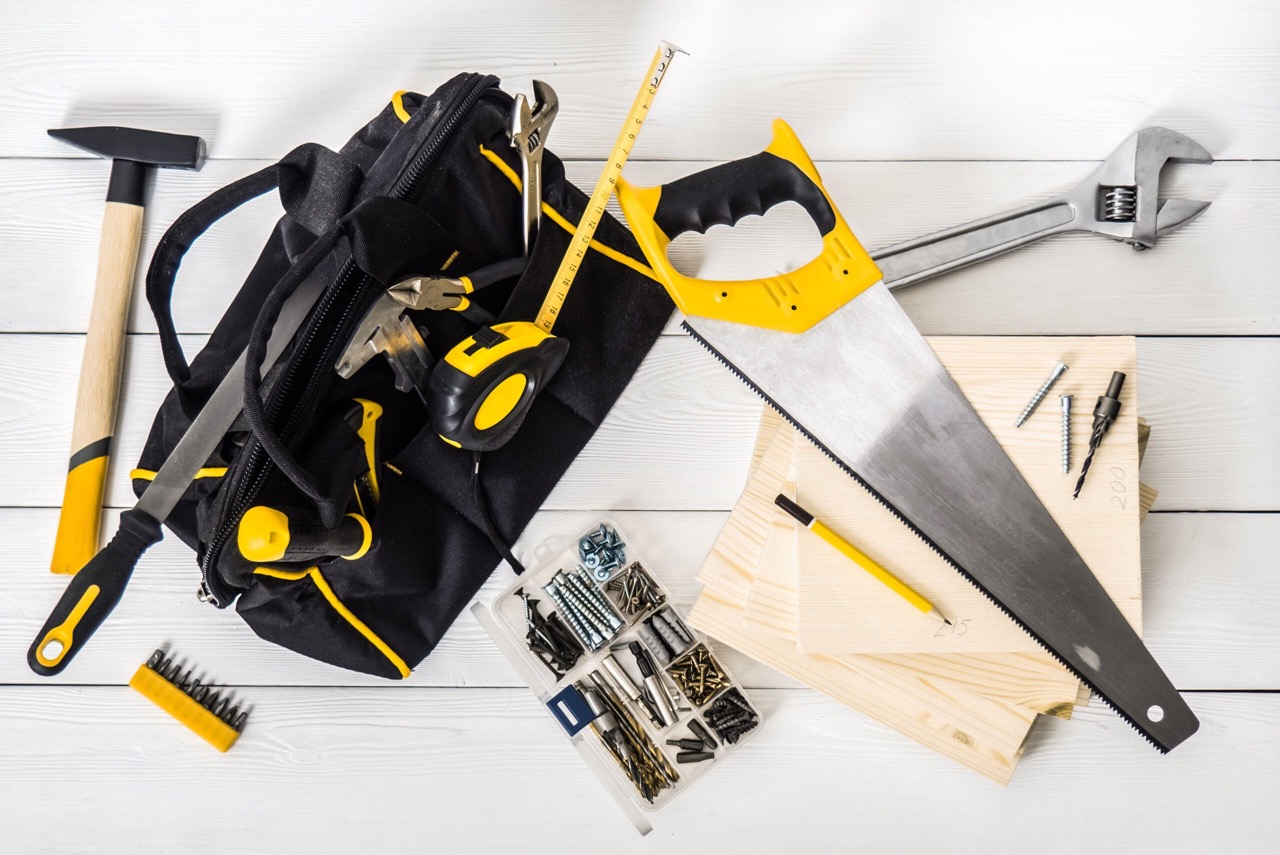

Articles
What To Look For In Hand Tools
Modified: December 7, 2023
Discover what to look for in hand tools with helpful articles about features, quality, and essential factors for choosing the right tools.
(Many of the links in this article redirect to a specific reviewed product. Your purchase of these products through affiliate links helps to generate commission for Storables.com, at no extra cost. Learn more)
Introduction
When it comes to getting the job done, having the right hand tools is essential. Whether you are a professional tradesperson or an avid DIY enthusiast, investing in high-quality hand tools can make all the difference in the outcome of your projects. From hammers and screwdrivers to wrenches and pliers, the right tools can save you time, effort, and frustration.
But with so many options available on the market, how do you know which hand tools to choose? In this article, we will explore the key factors to consider when looking for hand tools that not only meet your needs but also provide durability, functionality, and safety.
Read more: What Is A Hand Tool
Quality
One of the first things to look for in hand tools is their quality. Quality tools are built to last and can withstand rigorous use. When evaluating the quality of a hand tool, consider the following:
- Durability: Look for tools that are made from high-quality materials such as stainless steel or hardened alloys. These materials offer superior durability and resistance to wear and tear.
- Material: Pay attention to the materials used in the construction of the tool. High-quality tools often have precision-machined parts and sturdy components that contribute to their overall durability.
- Manufacturing Standard: Check if the tool meets industry standards for performance and quality. Look for certifications or markings that indicate adherence to relevant standards.
Ergonomics
Hand tools that are comfortable to use can greatly improve your productivity and reduce fatigue. Consider the following factors when evaluating the ergonomics of hand tools:
- Handle Grip: Look for tools with ergonomic handles that provide a comfortable grip. Non-slip materials or textured grips can enhance control and minimize strain on your hands.
- Weight: Consider the weight of the tool. Too heavy or too light tools can impact your ability to control and maneuver them effectively. Choose a weight that feels balanced and comfortable in your hand.
- Balance: A properly balanced tool allows for better control and reduces the risk of accidents. Look for tools with a well-designed weight distribution that feels natural when held.
- Prioritize quality, ergonomics, and functionality when choosing hand tools. Look for durability, comfortable grips, and versatile features to enhance your projects and ensure a safe and efficient working experience.
- Invest in reputable brands and balance price with quality. Quality hand tools, proper maintenance, and careful consideration of brand reputation and price range will lead to long-term value and successful project outcomes.
Key Takeaways:
Quality – Durability – Material – Manufacturing Standard
When it comes to hand tools, quality is paramount. Investing in high-quality tools not only ensures their longevity but also provides you with reliable performance. Here are some important aspects to consider when evaluating the quality of hand tools: durability, material, and manufacturing standard.
Durability: A durable hand tool is one that can withstand the test of time and rigorous use. Look for tools made from high-quality materials and construction methods that enhance their durability. Tools that are built to last will save you money in the long run, as you won’t have to constantly replace them due to wear and tear.
Material: The choice of material used in the construction of hand tools plays a crucial role in their overall quality. Be on the lookout for tools made from materials such as stainless steel or hardened alloys, as these offer exceptional durability and resistance to corrosion. High-quality tools often have precision-machined parts and components made from robust materials to ensure their reliability.
Manufacturing Standard: A reputable hand tool should meet certain manufacturing standards. Look for tools that have been tested and certified to meet industry standards for performance and quality. These standards ensure that the tools have undergone rigorous testing and adhere to specific requirements. Look for certifications or markings that indicate compliance with these standards.
When evaluating the durability of a hand tool, consider factors such as how well it handles continuous use, its resistance to impact, and its ability to withstand harsh environmental conditions. The construction of the tool should be solid and well-designed, with properly fitted parts that can withstand the stress of regular use.
In terms of material, stainless steel is highly recommended for hand tools such as screwdrivers, pliers, and wrenches due to its exceptional strength, corrosion resistance, and longevity. High-quality hand tools often feature handles made from durable materials such as rubber or composite materials that provide a comfortable grip and reduce fatigue during extended use.
Furthermore, the manufacturing standard of the hand tool is an essential aspect to consider. Reputable manufacturers adhere to strict quality control processes to ensure the tools they produce meet the highest standards. Look for tools that come with warranties or guarantees, as this indicates that the manufacturer stands behind the quality and craftsmanship of their products.
Remember, investing in high-quality hand tools will not only provide you with reliable performance but also contribute to your overall safety while working. Plus, they will significantly reduce the likelihood of accidents or tool failures, allowing you to work efficiently and confidently.
Ergonomics – Handle Grip – Weight – Balance
When it comes to choosing hand tools, it’s not just about their functionality and durability. Ergonomics play a crucial role in ensuring your comfort, control, and overall efficiency during use. Here are some key factors to consider when evaluating the ergonomics of hand tools: handle grip, weight, and balance.
Handle Grip: The handle grip is an important aspect of any hand tool. Look for tools with ergonomic handles that are designed to fit comfortably in your hand. A comfortable grip reduces fatigue and strain, allowing you to work for longer periods without discomfort. Non-slip materials or textured grips can enhance control and minimize the risk of accidental slips or injuries.
Weight: The weight of a hand tool can significantly impact your ability to use it efficiently. Tools that are too heavy can cause fatigue and muscle strain, while tools that are too light may lack the necessary stability and control. Ideally, you want a tool that strikes a balance between weight and functionality. Consider the type of tasks you will be performing and choose a tool with an appropriate weight that feels comfortable in your hand.
Balance: A well-balanced hand tool is essential for precise and controlled use. The balance refers to the distribution of weight throughout the tool. When a tool is properly balanced, it feels natural and effortless to use. Look for tools with a balanced weight distribution, where the weight is evenly distributed along the handle and head. This ensures better control, reduces the risk of hand fatigue, and improves overall accuracy.
Ergonomically designed hand tools enable you to work more comfortably and efficiently, minimizing the strain on your body and reducing the risk of repetitive strain injuries. Tools with comfortable grips and optimal weight distribution allow you to maintain a firm grip without exerting excessive force, resulting in more precise and controlled movements.
When assessing handle grips, consider the material used, the contour, and the texture. Handles made from rubber or composite materials provide cushioning and enhance grip, reducing hand fatigue. Contoured or molded handles fit the natural shape of your hand, promoting a more relaxed and secure grip.
It’s also worth noting that ergonomic design is not a one-size-fits-all concept. What works for one person may not work for another, as hand size and personal preference can vary. As such, it’s advisable to try out different tools before making a purchase, or look for customizable options that allow you to adjust the handle to suit your unique needs.
By choosing hand tools with ergonomic features such as comfortable handles, optimal weight, and well-balanced construction, you can ensure a more enjoyable and efficient working experience, minimizing the risk of strain or injury and maximizing your productivity.
Read more: How To Make Old Dewalt Hand Tools Look New
Functionality – Versatility – Precision – Adjustability
When selecting hand tools, it’s important to consider their functionality and how well they meet your specific needs. Here are some key factors to look for in terms of functionality: versatility, precision, and adjustability.
Versatility: A versatile hand tool is one that can perform multiple functions, allowing you to tackle a wide range of tasks without the need for multiple tools. Look for tools with interchangeable heads or blades, adjustable features, or multi-purpose designs. Versatile tools not only save you space in your toolbox but also provide convenience and flexibility in various situations.
Precision: Precision is crucial, especially for tasks that require accuracy and fine detail. Look for hand tools that offer precise control and allow for meticulous work. Tools with narrow tips, fine cutting edges, or adjustable settings for depth or angle can enhance precision. This is particularly important for tasks such as woodworking, metalworking, or electronic repairs where accuracy is paramount.
Adjustability: Adjustable hand tools offer flexibility and adaptability to different tasks or work conditions. Look for tools with adjustable features such as cutting depths, torque settings, or handle positions. These adjustments allow you to customize the tool to suit the specific requirements of your project, resulting in improved performance and efficiency.
When it comes to versatility, consider hand tools with interchangeable heads, such as a multi-bit screwdriver or an adjustable wrench with interchangeable jaws. These tools eliminate the need for multiple individual tools, saving you space and cost while providing the convenience of having various functions in one tool.
In terms of precision, tools such as precision screwdrivers with small, narrow tips or pliers with fine, pointed jaws are ideal for delicate tasks. These tools offer better control and allow for precise movements, ensuring accurate results and reducing the risk of damage to delicate components.
Adjustability is particularly important for tools such as wrenches or pliers, where the ability to adjust the opening or the gripping capacity can make a significant difference in their usability. Adjustable features allow you to adapt the tool to fit different nuts, bolts, or pipes, increasing their versatility and ensuring a secure grip.
Investing in hand tools that offer functionality, versatility, precision, and adjustability not only allows you to tackle a wider range of tasks but also increases efficiency and reduces the need for multiple tools. Additionally, these features enhance your overall craftsmanship, allowing you to achieve more precise and accurate results in your projects.
Safety Features – Non-slip Handle – Finger Protection – Locking Mechanism
When working with hand tools, safety should always be a top priority. Look for hand tools that are equipped with safety features to protect yourself and minimize the risk of accidents or injuries. Here are some key safety features to consider: non-slip handles, finger protection, and locking mechanisms.
Non-slip Handle: A non-slip handle is essential for maintaining a secure grip on the tool, especially when working in damp or oily conditions. Look for tools with handles made from materials that offer excellent grip, such as rubber or textured surfaces. These handles ensure that the tool stays firmly in your hand, reducing the chance of accidents or slipping.
Finger Protection: Finger protection is crucial when using hand tools that involve cutting, pounding, or gripping actions. Look for tools that have features like finger guards or recessed blades to prevent accidental cuts or pinches. Tools with well-designed finger and hand spaces provide a protective barrier and improve overall safety during use.
Locking Mechanism: Some hand tools, such as pliers or adjustable wrenches, may have a locking mechanism that keeps the tool in a fixed position. This feature helps maintain a consistent grip and prevents accidental slippage while working. Look for tools with reliable locking mechanisms that are easy to engage and release, providing added stability and security during use.
In addition to these specific safety features, it’s also important to be aware of general safety guidelines and practices when using hand tools. Always wear appropriate safety gear, such as gloves and eye protection, when working with tools. Follow proper techniques and instructions for tool usage to minimize the risk of accidents or damage.
Regularly inspect your hand tools for any signs of wear, damage, or deterioration. Damaged tools can pose a safety hazard and should be replaced or repaired as needed. Keep your tools clean and in good condition by regularly cleaning them and avoiding exposure to corrosive substances.
Finally, it’s worth mentioning that not all tools will have the same safety features, and some may have additional safety components specific to their purpose. Research the particular safety concerns and precautions associated with the type of tool you are using to ensure proper usage and minimize risks.
By choosing hand tools with safety features such as non-slip handles, finger protection, and locking mechanisms, you can enhance your safety and reduce the likelihood of accidents or injuries. Putting safety first allows you to work confidently and efficiently, knowing that you’ve taken necessary precautions to protect yourself and those around you.
When looking for hand tools, always consider the material they are made of. High-quality tools are typically made of durable materials like steel or chrome vanadium, ensuring longevity and reliability for your projects.
Maintenance – Cleaning and Lubrication – Storage
Proper maintenance of your hand tools is essential to ensure their longevity, optimal performance, and safety. Here are some important aspects to consider when it comes to maintaining your hand tools: cleaning and lubrication, and storage.
Cleaning and Lubrication: Regular cleaning and lubrication of your hand tools are crucial for keeping them in good working condition. After each use, take the time to remove any dirt, debris, or residue that may have accumulated on the tool. Use a soft cloth or brush to wipe the tool clean, paying attention to hard-to-reach areas, joints, and crevices.
Lubrication is also important, particularly for tools with moving parts or hinges. Apply a suitable lubricant to reduce friction and ensure smooth operation. Use lubricants specifically designed for tools, such as silicone spray or light machine oil. Avoid using heavy greases or oil that may attract dust and dirt, as this can impede the tool’s performance.
Storage: Proper storage of hand tools is essential to prevent damage, rust, or loss. When not in use, store your hand tools in a clean, dry, and secure location. Consider using a toolbox, tool cabinet, or a designated tool rack to keep them organized.
To prevent rust, you can use silica gel packets or rust-inhibiting papers in your toolbox to absorb moisture. Alternatively, you can apply a thin coat of rust-preventing oil on metal surfaces to create a protective barrier against rust formation.
It’s also important to store your tools in a way that minimizes contact between different tools, as metal-on-metal contact can cause scratches or damage. Use tool sleeves, foam inserts, or tool roll-ups to provide padding and separation between tools.
When storing cutting tools, make sure the blades or cutting edges are protected to avoid accidental injuries. Use blade guards or sheaths, and store them separately from other tools to prevent potential harm.
Regular maintenance and proper storage not only extend the lifespan of your tools but also contribute to their overall performance and safety. By keeping your hand tools clean, lubricated, and stored appropriately, you can ensure that they are always ready for use whenever you need them.
Remember, it is worth investing a little time and effort into the maintenance of your hand tools to maximize their lifespan, optimize their functionality, and save money in the long run.
Brand and Price – Reputable Brands – Price Range
When it comes to choosing hand tools, considering the brand and price can help you make an informed decision. Here are some important factors to consider when evaluating the brand and price of hand tools: reputable brands and price range.
Reputable Brands: Opting for hand tools from reputable brands can provide assurance of quality, durability, and customer satisfaction. Established brands have a track record of producing reliable tools that are built to last. They invest in research and development, adhere to strict quality standards, and often offer warranties or guarantees on their products.
Take your time to research and familiarize yourself with reputable brands in the hand tool industry. Look for brands with a solid reputation for manufacturing high-quality tools. Reading online reviews and customer feedback can also provide valuable insights into the performance and reliability of different brands.
Price Range: The price of hand tools can vary significantly depending on the brand, quality, and features. It’s important to establish a budget and balance your expectations with what you can afford. Consider the level of use and the type of tasks you’ll be performing.
Keep in mind that while lower-priced tools may seem attractive initially, they may not offer the same level of durability or performance as tools from reputable brands. Investing in higher-quality tools may save you money in the long run, as they are likely to last longer and require fewer replacements or repairs.
However, this doesn’t mean that you have to break the bank to get top-of-the-line hand tools. Many reputable brands offer a range of options across different price points. Consider your specific needs and evaluate the trade-offs between price and quality to find the best fit for your budget.
Additionally, it’s worth considering the cost of ongoing maintenance and replacement parts when assessing the overall value of a hand tool. Some brands may offer spare parts or replacement components for their tools, which can extend their lifespan and save you money in the long term.
Ultimately, the choice of brand and price is a personal decision that depends on your budget, preferences, and requirements. It’s essential to strike a balance between quality, price, and reliability when selecting hand tools that meet your needs and provide long-term value.
By opting for reputable brands and carefully considering the price range, you can ensure that you are investing in hand tools that offer the best combination of quality, performance, and affordability.
Read more: What Is Metalworking Hand Tools
Conclusion
Choosing the right hand tools is essential for any project, whether you’re a professional tradesperson or a DIY enthusiast. By considering the factors discussed in this article, you can make informed decisions that will enhance your overall experience and improve the outcome of your tasks.
Prioritizing quality ensures that your hand tools are durable, built to last, and can withstand rigorous use. Look for tools made from high-quality materials and manufactured to meet industry standards, so you can rely on their performance.
Ergonomics is another crucial aspect to consider. Tools with comfortable grip handles, appropriate weight, and proper balance allow you to work comfortably, efficiently, and with reduced risk of fatigue or strain.
Functionality is important, as versatile tools that offer precision and adjustability allow you to tackle a wider range of tasks and achieve better results. Always select tools that are tailored to your specific needs and provide the features required for your projects.
Safety should never be overlooked when it comes to hand tools. Look for tools with non-slip handles, finger protection, and reliable locking mechanisms to ensure that you’re working in a safe environment, minimizing the risk of accidents or injuries.
Maintaining your hand tools through regular cleaning, lubrication, and proper storage is crucial for their longevity and performance. Taking the time to care for your tools extends their lifespan and ensures they are always ready for use.
When considering brands and prices, reputable brands offer a guarantee of quality and customer satisfaction. Although prices may vary, striking a balance between your budget and the quality of the tools is essential for making a wise investment in the long term.
In conclusion, choosing the right hand tools involves a comprehensive evaluation of their quality, ergonomics, functionality, safety features, maintenance requirements, brand reputation, and price. By making informed decisions and considering these factors, you can select tools that will serve you well for years to come, making your projects more enjoyable, efficient, and successful.
Remember, hand tools are not just instruments for getting the job done—they are extensions of your skills and craftsmanship. Investing in high-quality tools that meet your needs will make a noticeable difference in your work, enhancing your abilities and contributing to your overall success. So choose wisely and build your toolset with care.
Frequently Asked Questions about What To Look For In Hand Tools
Was this page helpful?
At Storables.com, we guarantee accurate and reliable information. Our content, validated by Expert Board Contributors, is crafted following stringent Editorial Policies. We're committed to providing you with well-researched, expert-backed insights for all your informational needs.
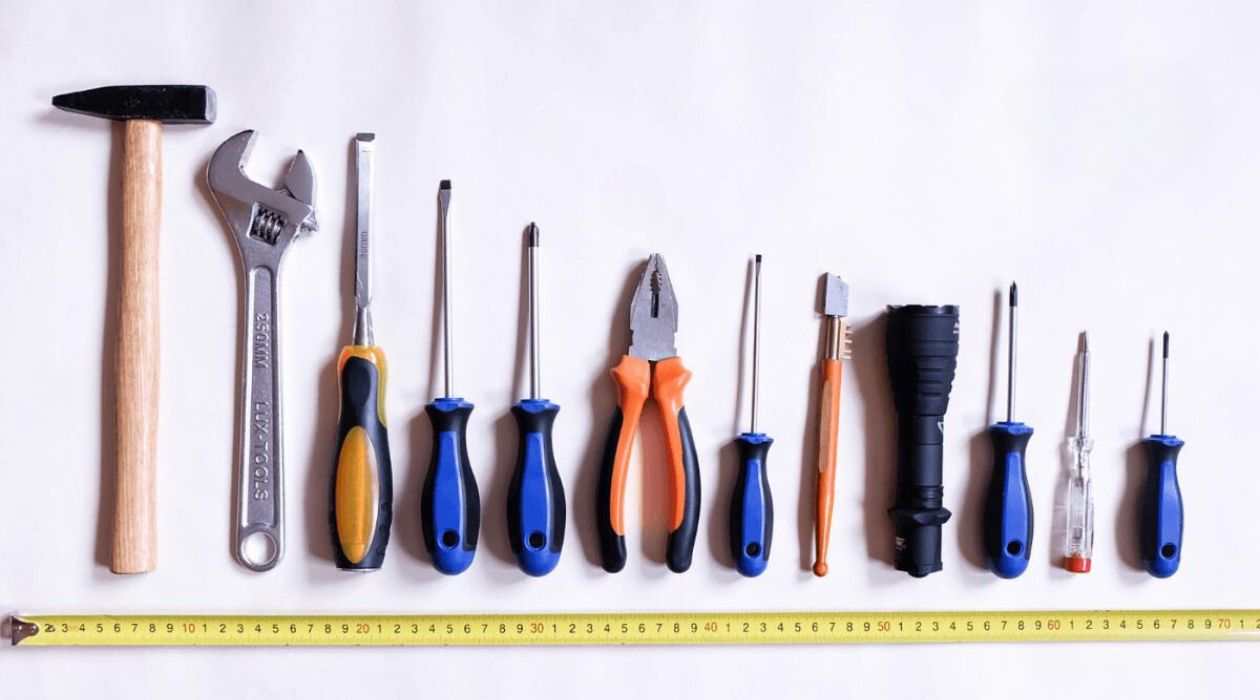

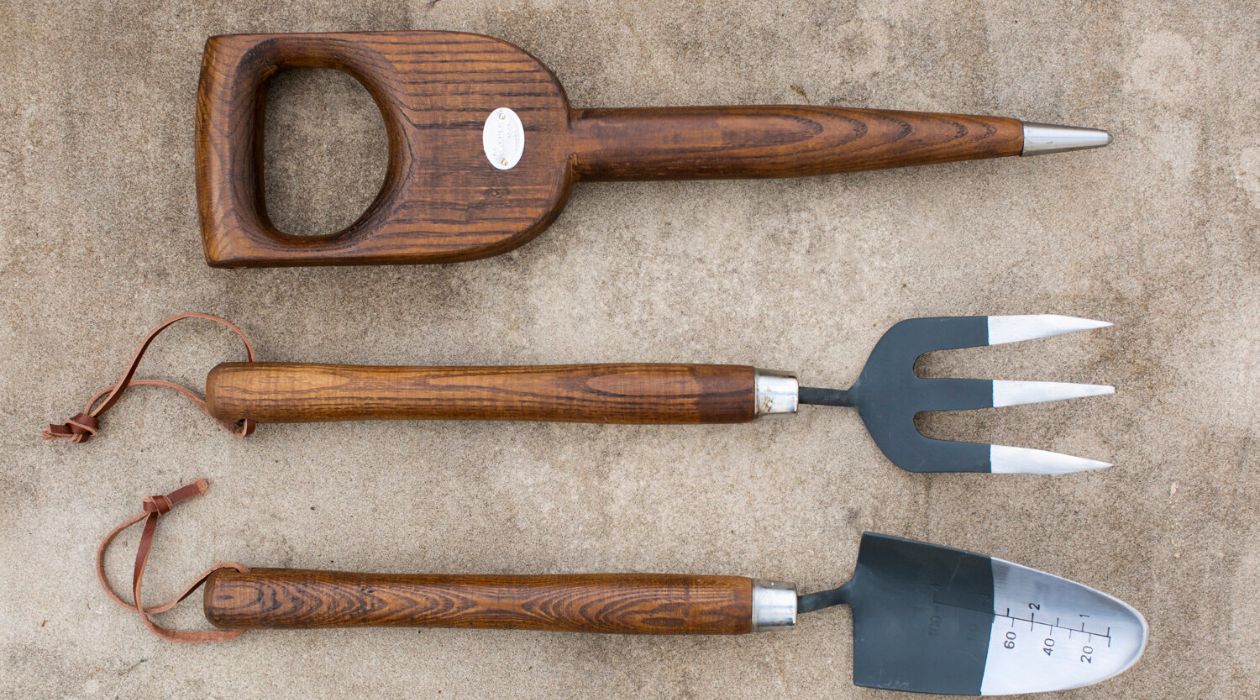
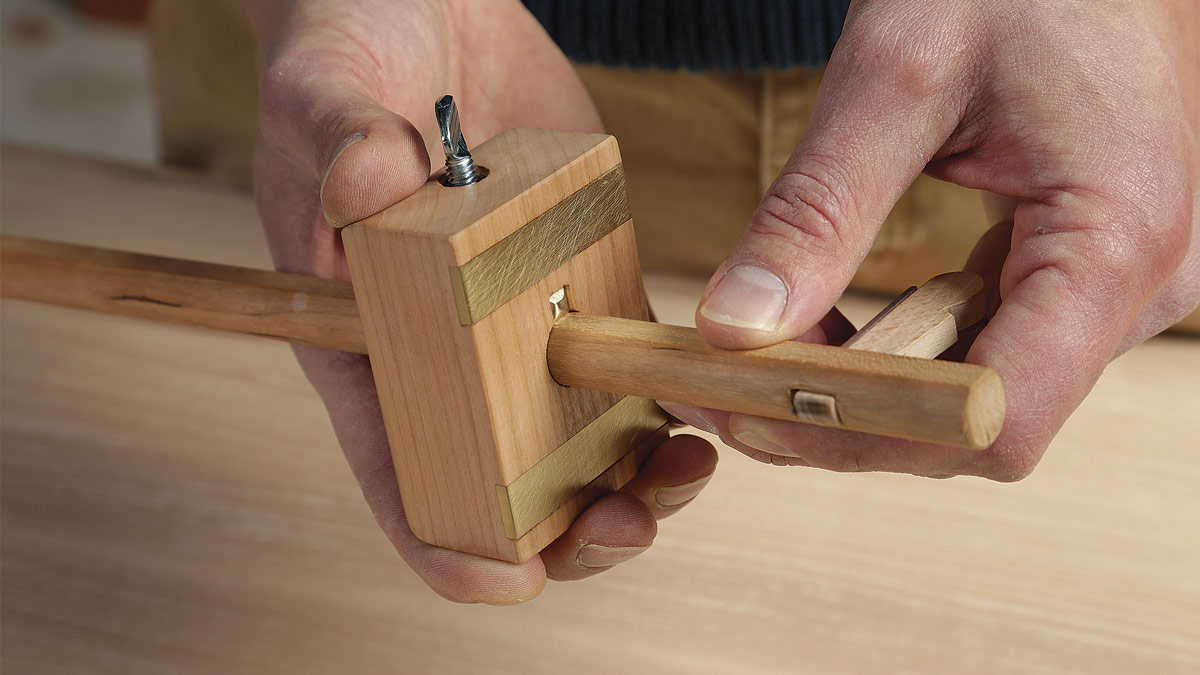
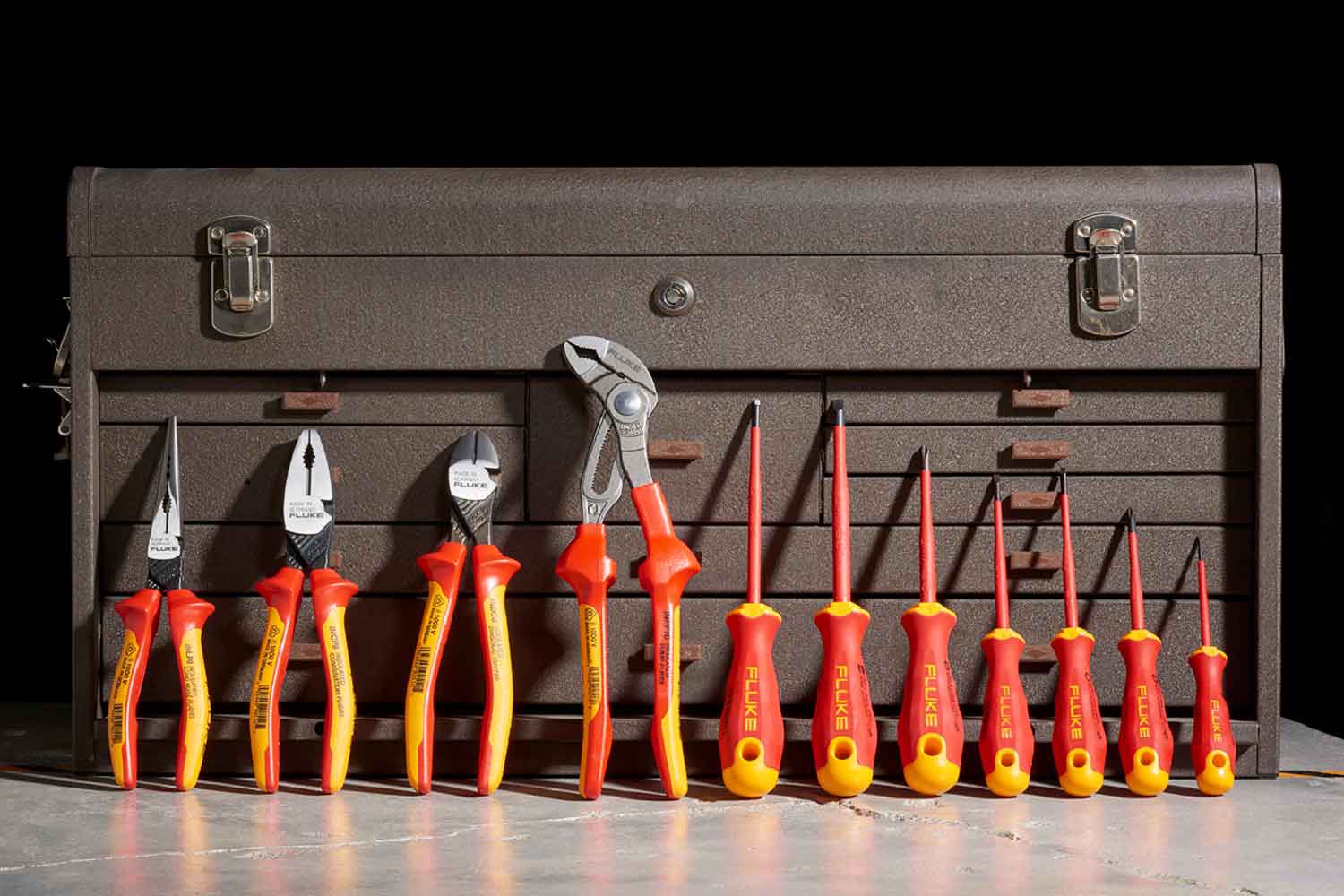
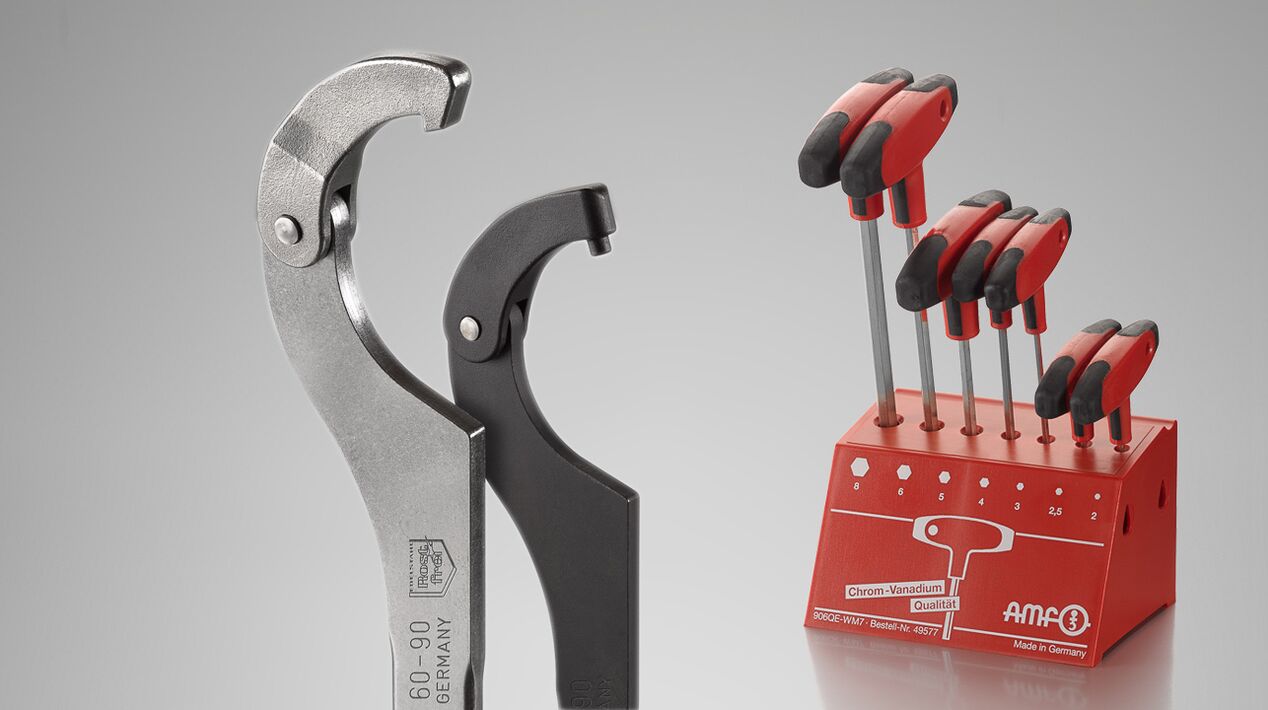
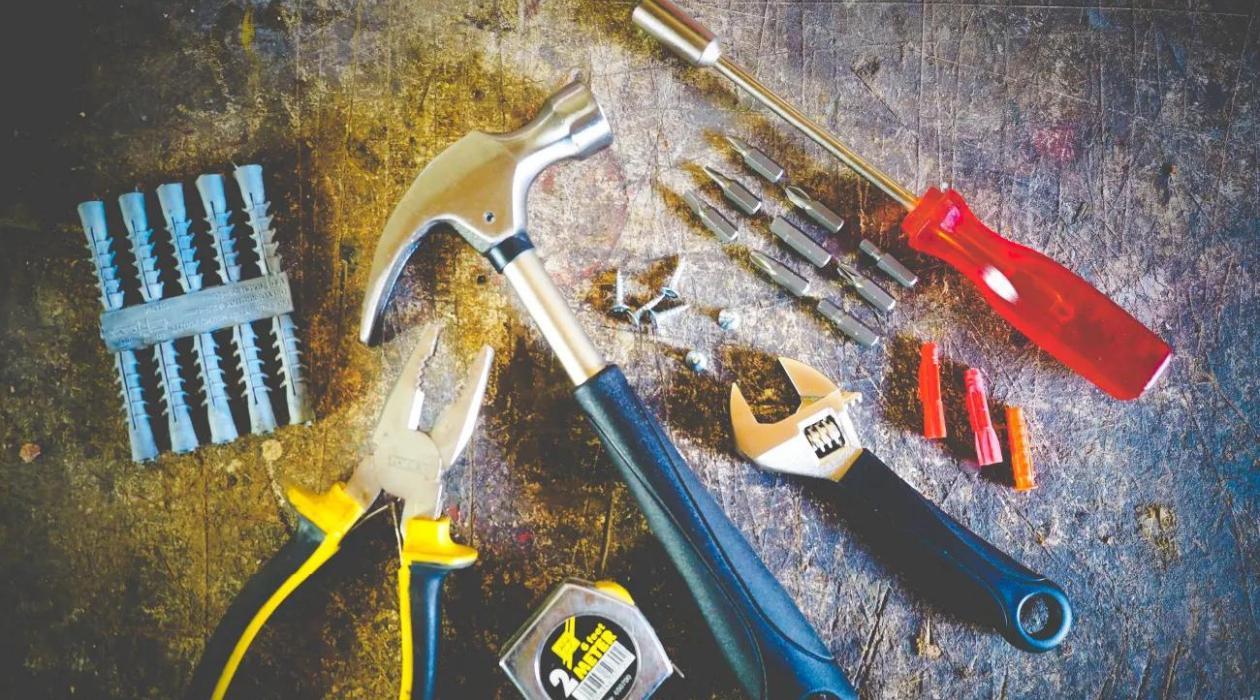
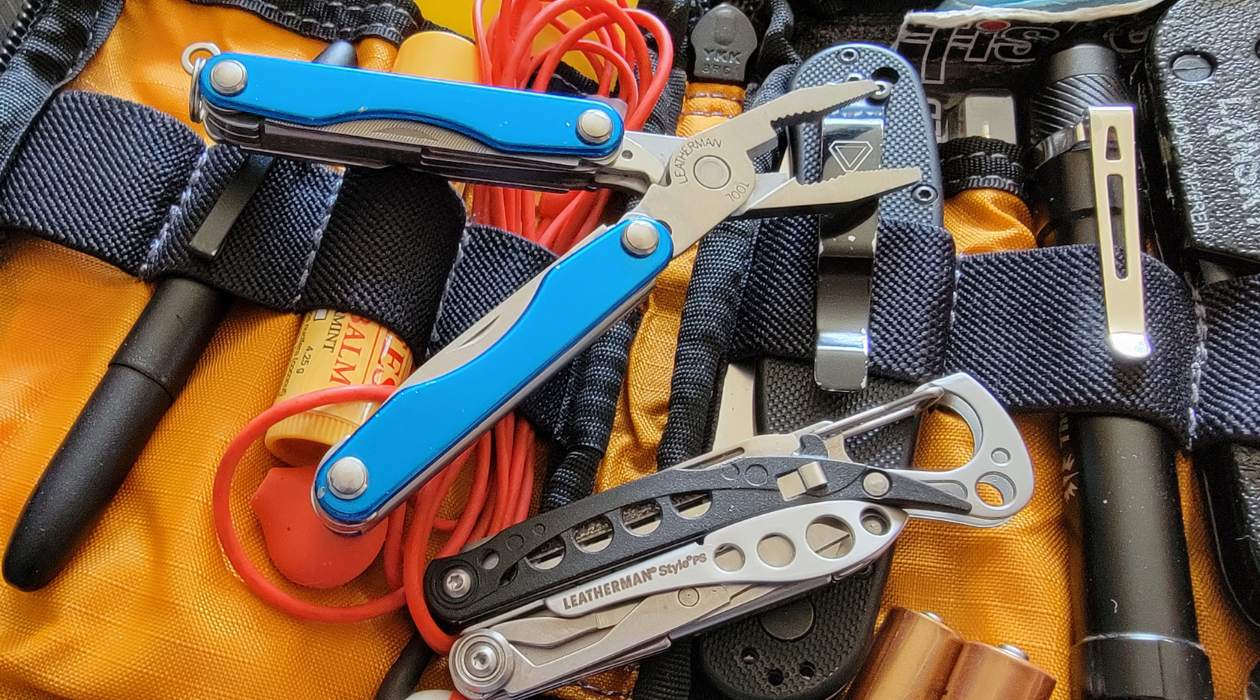
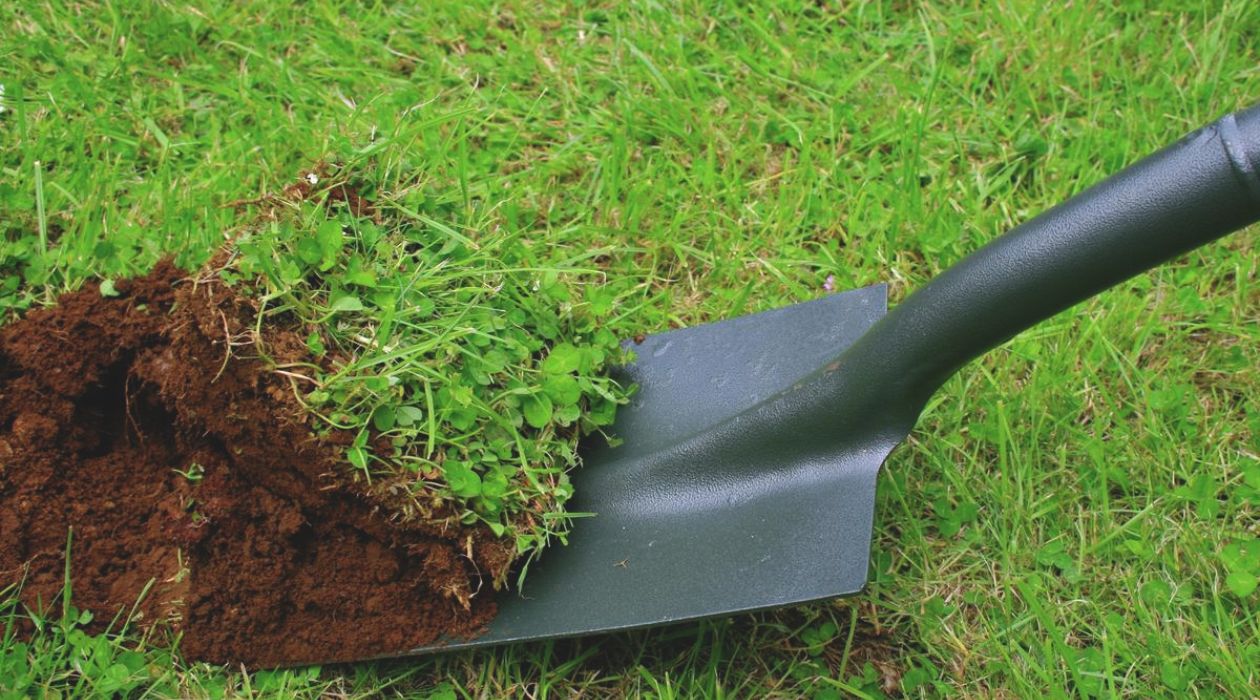
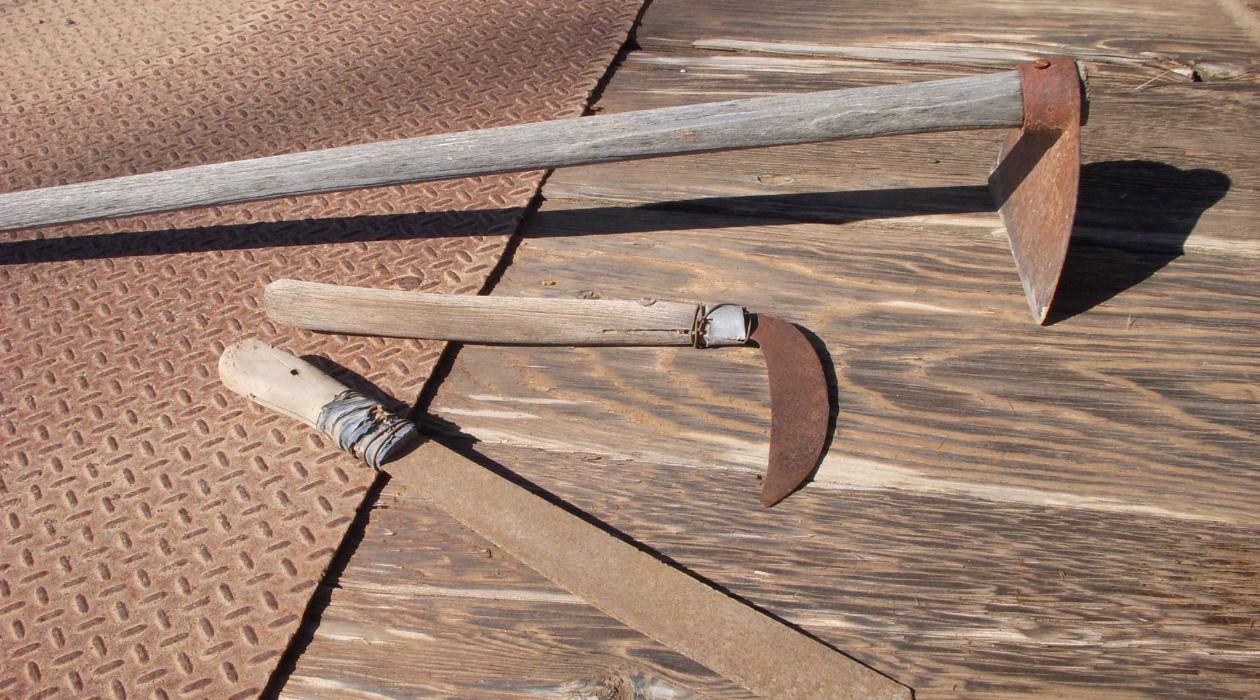
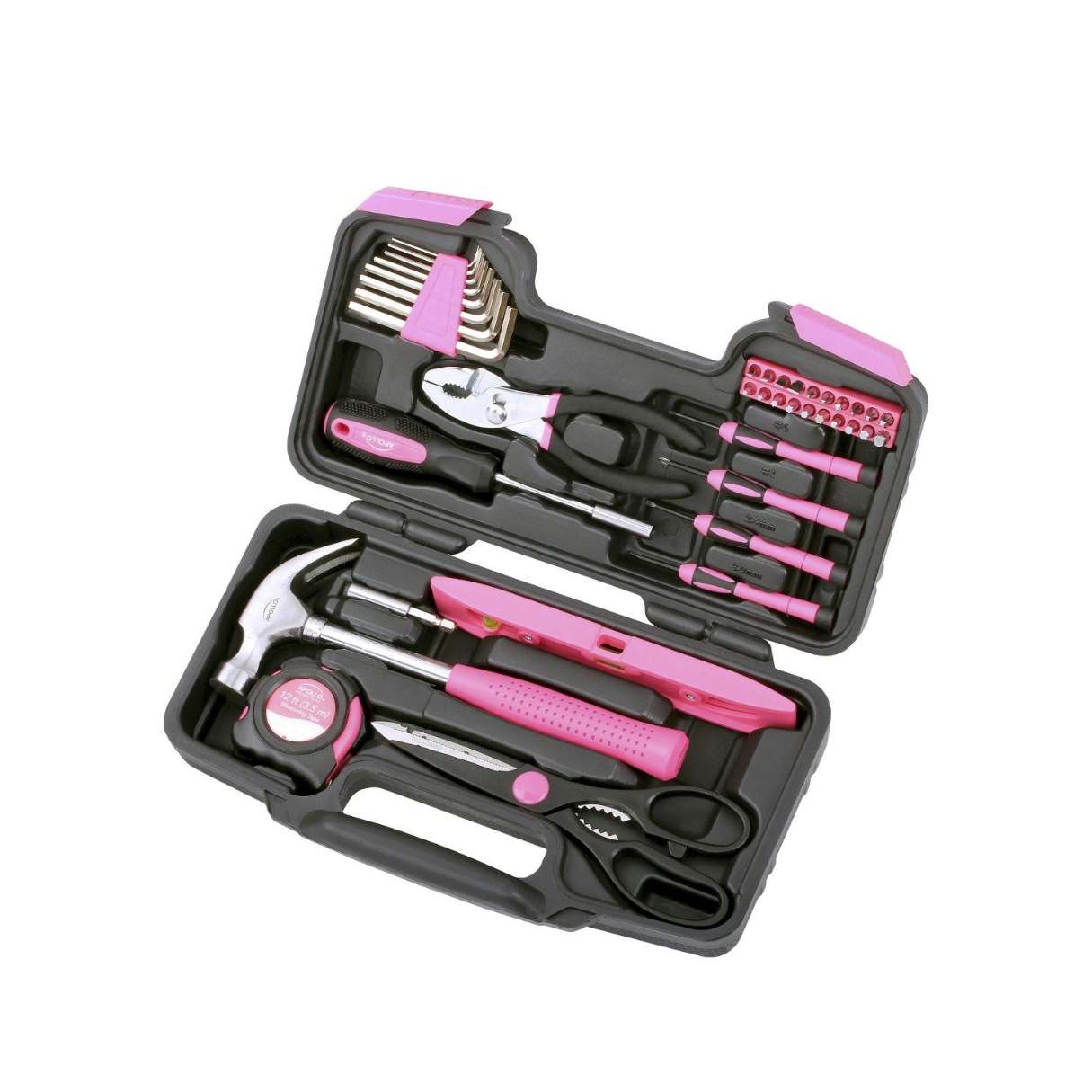
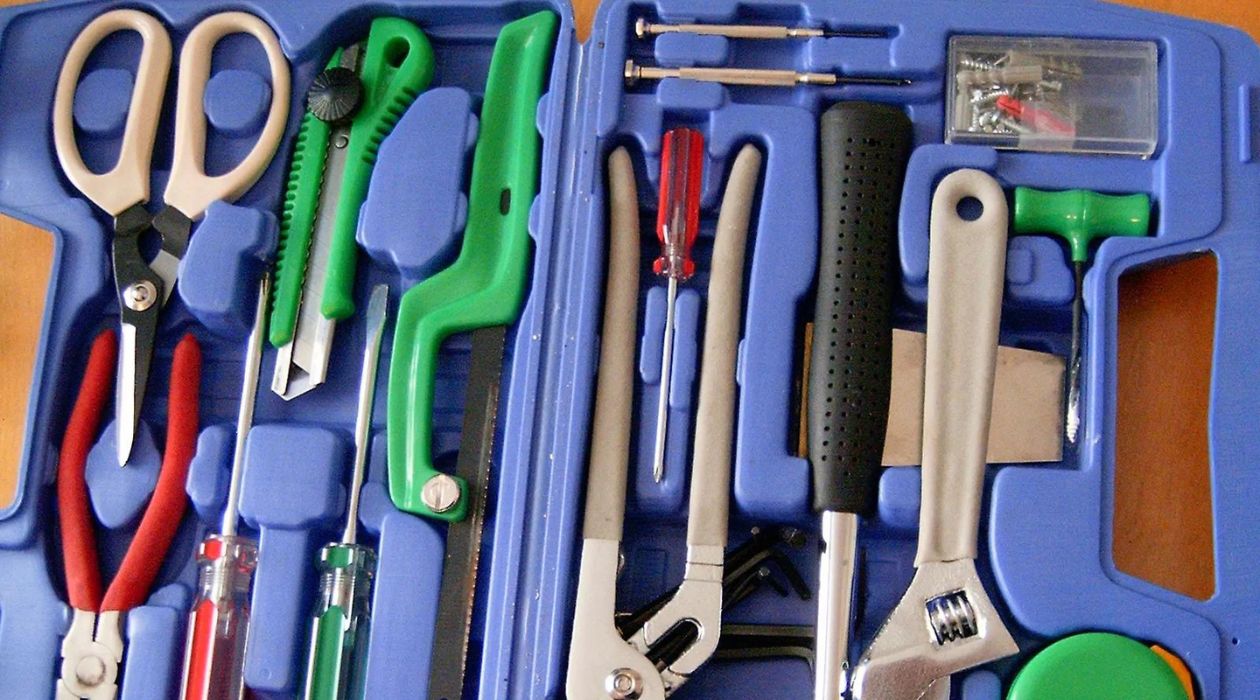


0 thoughts on “What To Look For In Hand Tools”